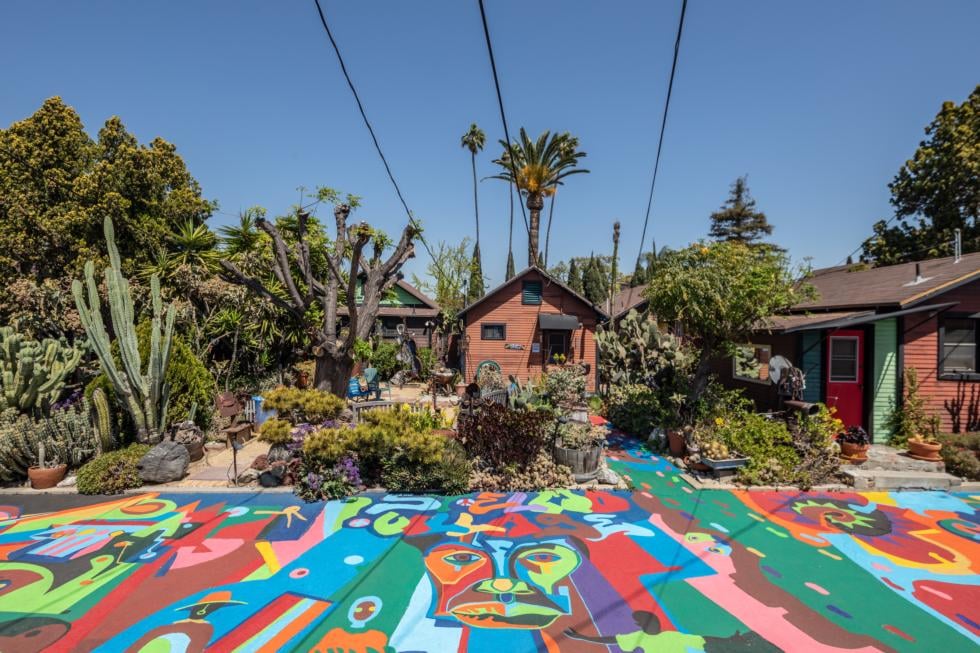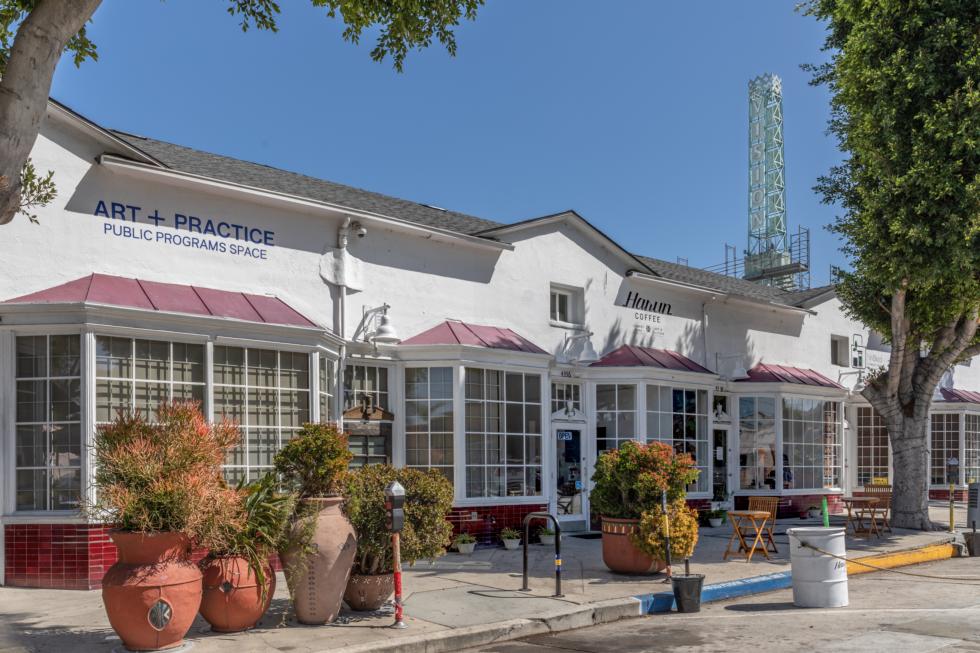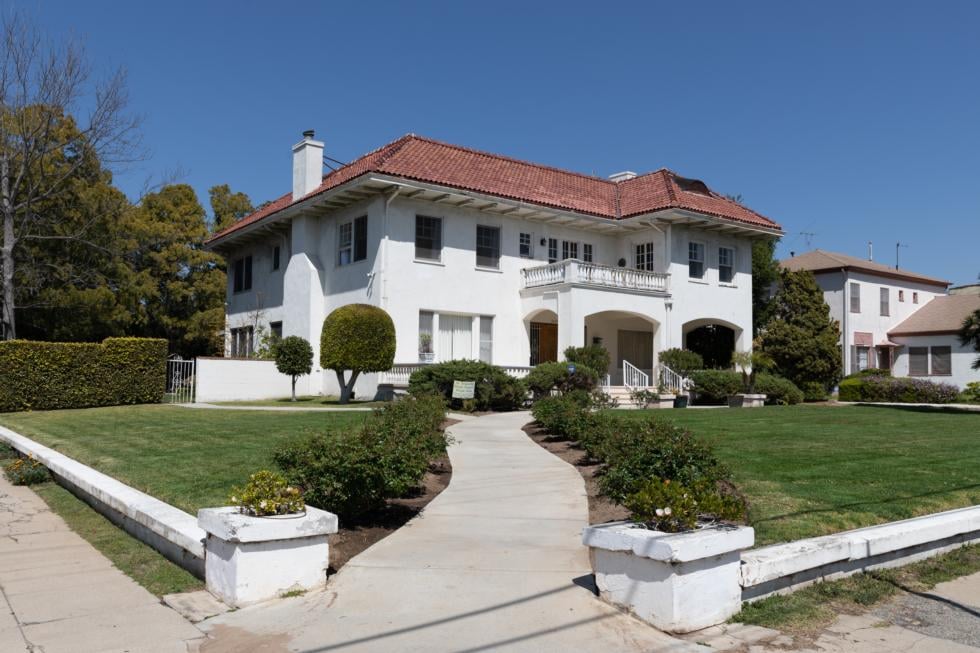Art World
The Getty Has Partnered With the City of Los Angeles to Identify and Preserve Landmarks Related to Black History
Currently, just over three percent of the city’s roughly 1,200 historic landmarks are tied to African American heritage.

Currently, just over three percent of the city’s roughly 1,200 historic landmarks are tied to African American heritage.

Taylor Dafoe

The Getty has partnered with the City of Los Angeles to rethink how the metropolis identifies and preserves local Black heritage landmarks.
The Los Angeles African American Historic Places Project, as the three-year initiative is called, will see the Getty’s Conservation Institute and the city’s Office of Historic Resources (OHR) work with communities and cultural institutions to celebrate sites that best represent Black life.
The project is “ultimately about equity,” Conservation Institute director Tim Whalen said in a statement.
Currently, just over three percent of the city’s roughly 1,200 historic landmarks are tied to African American heritage, and part of the plan, Whalen said, is to examine preservation methods “for systemic bias.”
“Historic preservation is about the acknowledgment and elevation of places and stories,” Whalen said, adding that the goal is to make sure “the stories and places of African Americans in Los Angeles are more present and complete.”

Brockman Gallery, 1967–90. Photo: Elizabeth Daniels. © J. Paul Getty Trust.
In addition to the designation of new landmark sites, the project will offer paid internships to young preservation professions and include a series of community programs.
While specific details about these and other projects are yet to be made public, the Conservation Institute and OHR have identified a handful of priorities for phase one, including developing plans to “manage, preserve, interpret, and celebrate the tangible and intangible heritage of historically Black neighborhoods.”
The work continues a joint initiative between the city and the Getty called SurveyLA, an ambitious citywide overview of historic places conducted from 2010 to 2017 and published in 2018.
Upon its publication, OHR released a Citywide Historic Context Statement outlining an updated framework for identifying African American heritage sites. The plan laid out new criteria for granting landmark status, making sites with historical connections to the Civil Rights movement and Segregation era eligible for designation.

Wilfandel Club House, est. 1948. Photo: Elizabeth Daniels. © J. Paul Getty Trust.
The idea for the Historic Places Project was developed in December 2020 during a virtual panel with experts from the fields of urban planning, historic preservation, African American history, and community organizing.
One participant, Brent Leggs, the executive director of the African American Cultural Heritage Action Fund, said the new initiative will “illuminate overlooked narratives and historic places important to Los Angeles and our nation that deserve protection and recognition.”
“Through public and private partnership,” Leggs said, “the Getty and City of Los Angeles can model broader reform in the U.S. preservation field and can work proactively at the local government and city levels to grow pathways for equitable interpretation and community-driven preservation.”